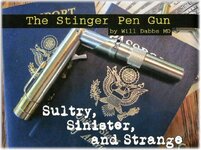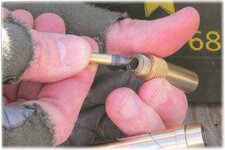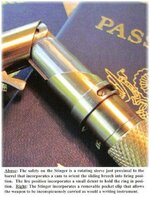- Messages
- 36
- Reactions
- 2
i really want a .22lr stinger pen gun anyone know where i can get one
one like this Stinger .22lr Pen Gun Suppressed - YouTube
one like this Stinger .22lr Pen Gun Suppressed - YouTube
Follow along with the video below to see how to install our site as a web app on your home screen.
Note: This feature may not be available in some browsers.
dhunter - let me take a look. may have one for you. raymond-
I am intrested please pm me not sure about 1200 cash tho but maybe trades
Interesting - the ad says no Stamp required... off to do some research.....
i really want a .22lr stinger pen gun anyone know where i can get one
one like this Stinger .22lr Pen Gun Suppressed - YouTube










If you are still in search for a .22l Stinger pen gun, I'm willing to part with mine. It has had 5 shots put through it and is in great condition. I just wish it was a little more useful. Feel free to hit me up.
You could probably try the classifieds. They are just down below, don't you know. That's code for punt yo bung down the crick.